Best traditional food and drink from Cornwall
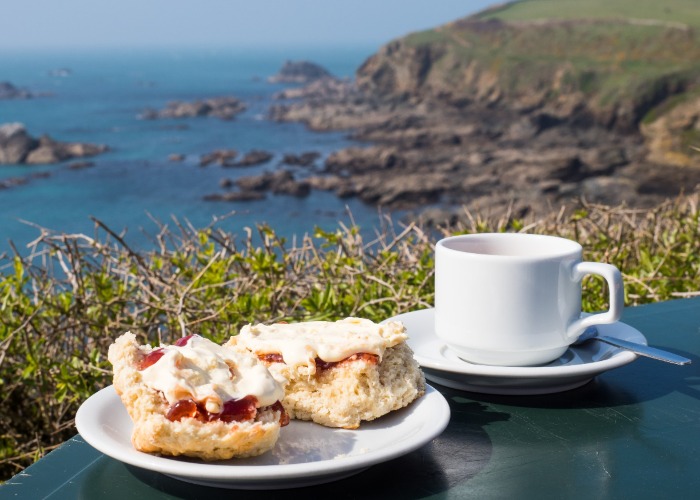
The beautiful beaches, mild climate and luscious countryside that make Cornwall a British holiday hotspot also mean our most southerly county is a foodie gem too. It’s a favourite with celebrity chefs like Rick Stein and Nathan Outlaw, who have turned attention to the region’s unparalleled choice of ingredients.
“There is a fantastic mix of both traditional and contemporary foods in Cornwall, with clotted cream and pasties as relevant today as a hundred years ago, adapting to tastes over time,” says Ruth Huxley of Cornwall Food & Drink, a network that connects the region's food and drink businesses.
“We have wonderful ingredients, thanks to the landscape. We have milder weather and more rain than other regions, meaning our grass-fed animals produce rich milk. Cornwall is surrounded by sea on three sides too and when we surveyed British people recently, they told us their favourite local produce was seafood.” Huxley explains.
From unique old dishes like stargazy pie and saffron buns to modern revivals like Yarg cheese and cider, here are 10 of the best Cornish delicacies you need to try.
1. Cornish pasty
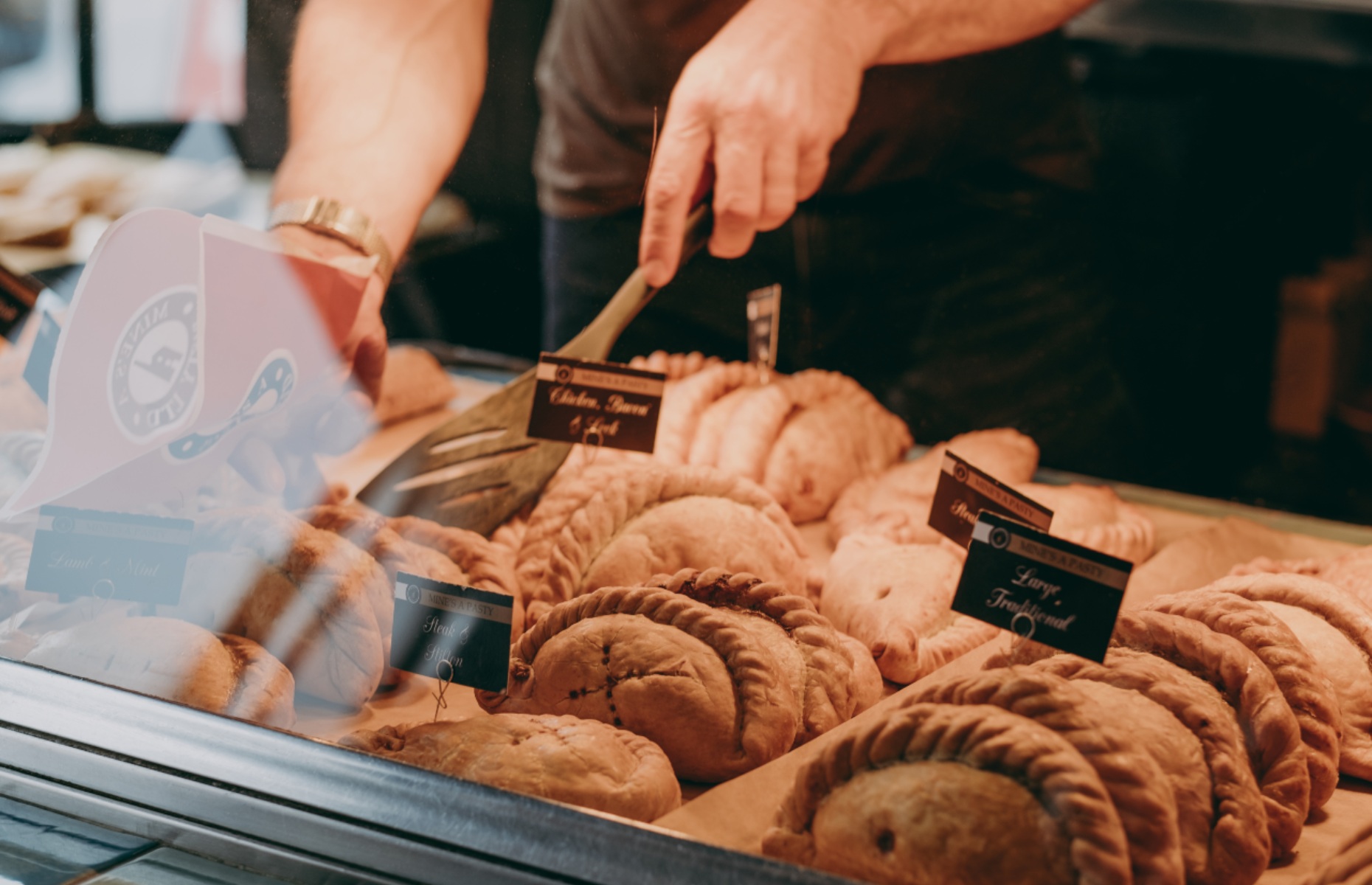 Alena Veasey/Shutterstock
Alena Veasey/Shutterstock
Cornwall’s most celebrated contribution is a marriage of many Brits’ favourite things – meat and two veg and shortcrust pastry. The Cornish pasty has PGI status to ensure fans can expect a D-shaped pastry case with a crimped edge, containing at least 12.5% beef and at least 25% of a combination of potato, onion and swede (which locals confusingly call turnip).
Pasties had been around for decades and were rather refined (mutton, spices and claret, anyone?) before the portable lunch came into its own for tin and copper miners in the 18th and 19th century, who may have discarded the crust or added their initials to the pastry. “It was robust enough to survive the journey down the pit and nourishing enough to keep a worker going all his sunless day,” says Pen Vogler in his book Scoff: A History of Food and Class in Britain.
2. Yarg cheese
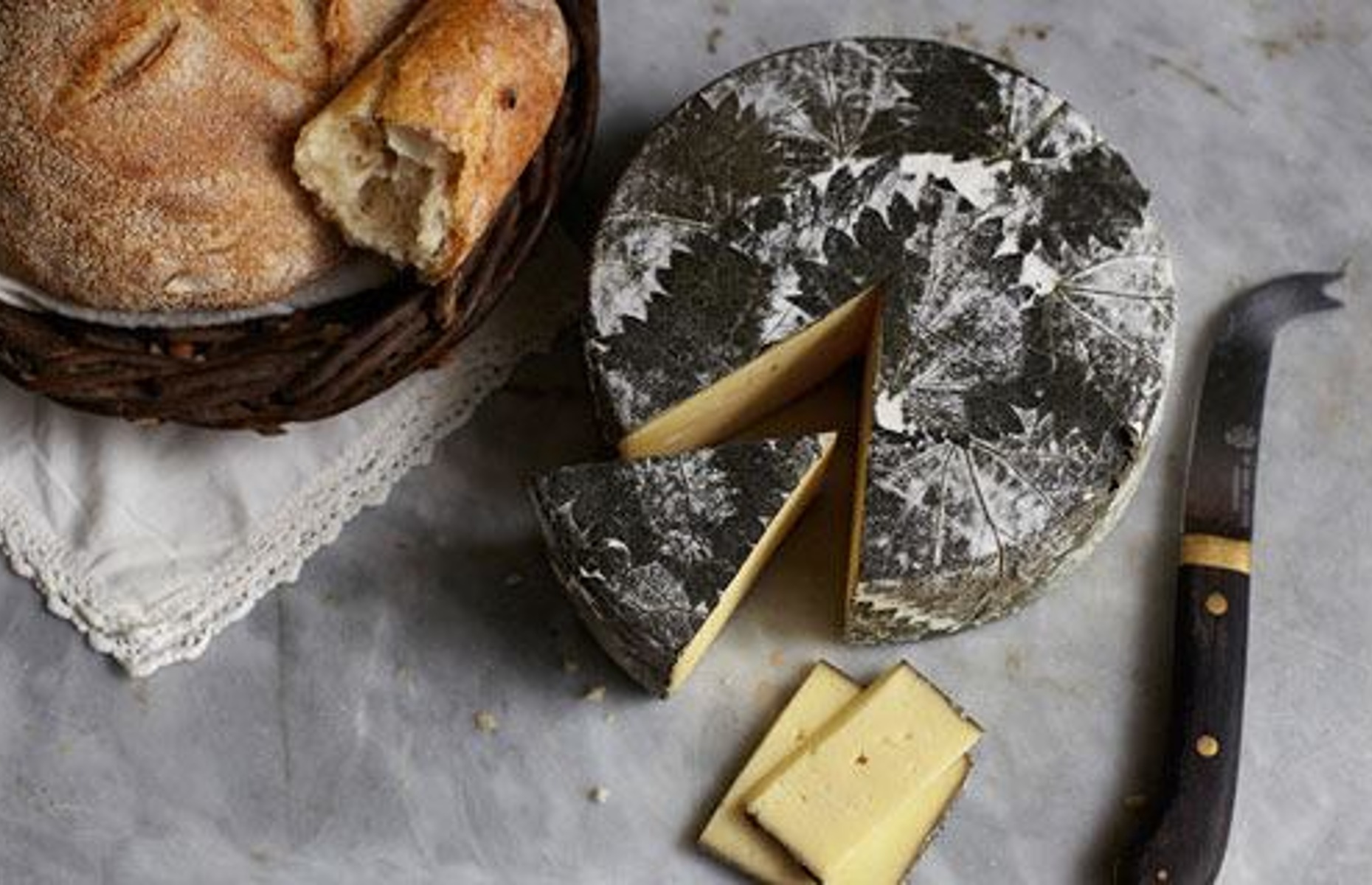 Cornish Yarg/Facebook
Cornish Yarg/Facebook
Described as a contender for “the world’s most beautiful cheese” by Ned Palmer, author of A Cheesemonger’s History of the British Isles – its pleasing aesthetics are down to the vibrant green nettles the cheese is wrapped in to inhibit mould growth and preserve acidity, as well as the imprints left by the leaves.
Similar to Welsh favourite Caerphilly, Yarg was developed by Bodmin-based farmers Jenny and Alan Gray in the 1980s, who found a recipe from 1615 for a traditional nettle-wrapped cheese in their attic. However, the name is not a traditional one – it’s a reversal of their surname. Today, Yarg is made exclusively by Lynher Dairies in Truro.
READ MORE: Everything you wanted to know about cheese
3. Saffron buns
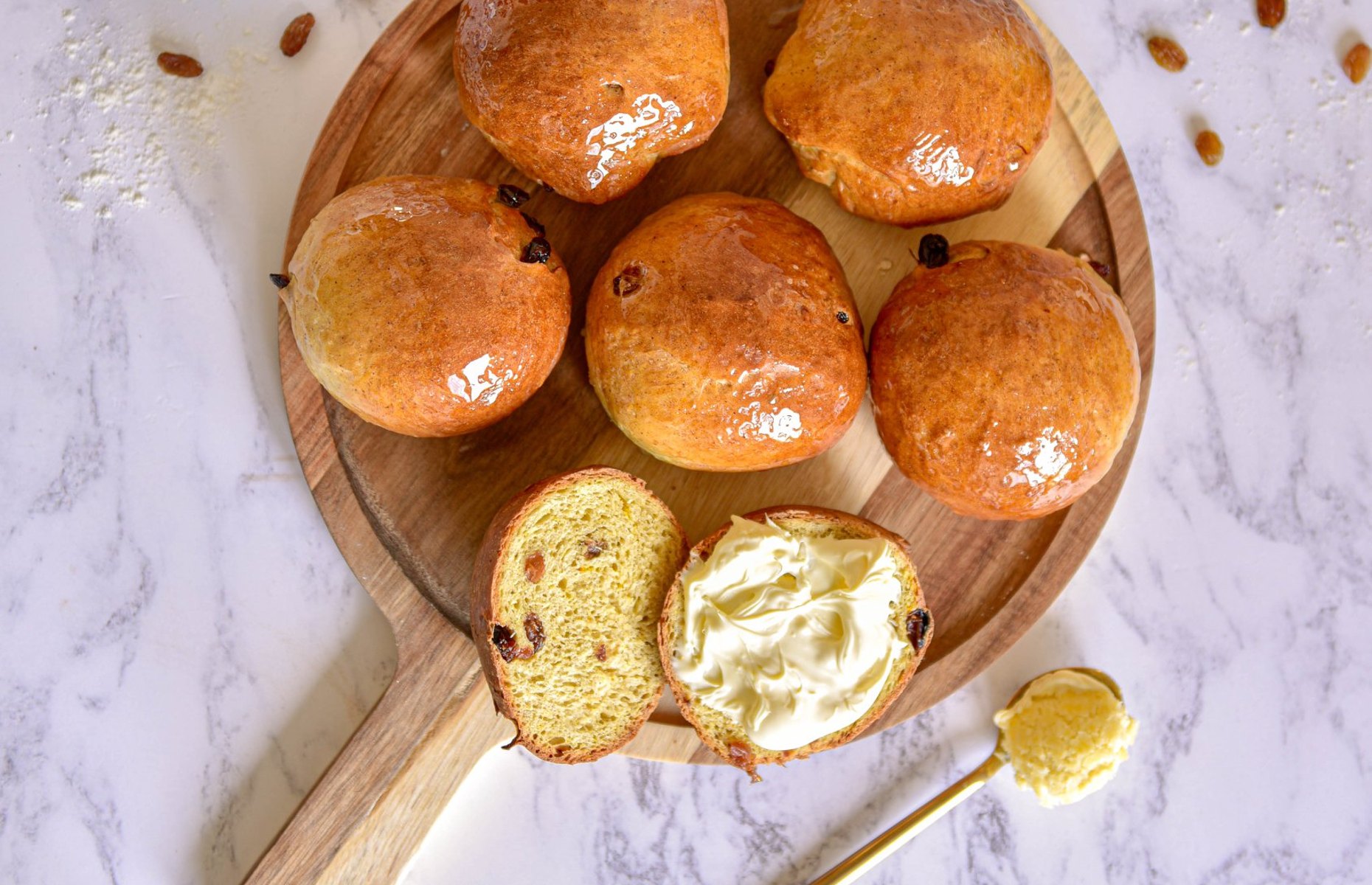 Roddas/Facebook
Roddas/Facebook
As the world’s most expensive spice, saffron is a prized ingredient, so these rich, golden tea cakes were baked and made for special celebrations like anniversary feasts, known as revels. This gave rise to the local name ‘revel bun’, while large loaf versions are called saffron cake.
The Cornish climate means the crocus that saffron is extracted from can be grown locally, although the region was trading iron and tin with the continent in return for saffron for four centuries before commercial growing its own in the 1700s.
The recipe includes plain flour, butter, yeast, caster sugar, saffron and dried fruit like currants and sultanas. Eat it plain or add a spread of butter, or clotted cream and jam for the ultimate indulgence.
4. Likky pie
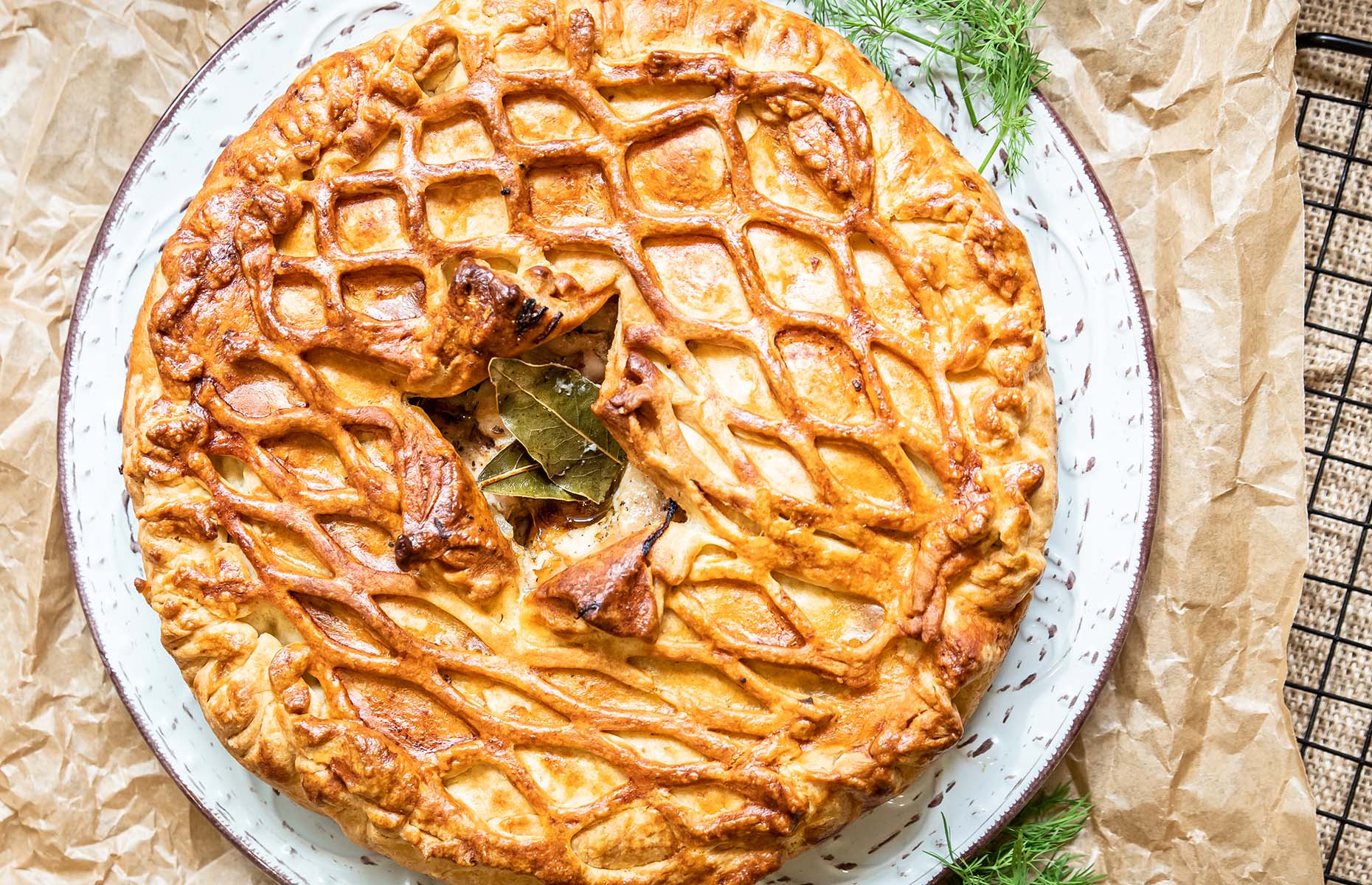 Maslova Valentina/Shutterstock
Maslova Valentina/Shutterstock
Otherwise known as Leeky or Licky Pie, this is a hearty combination of stewed leeks, bacon and milk baked under a shortcrust pastry with a hole in the middle. When it is near cooked, you pour an indulgent mix of cream and eggs into the hole to form a custard.
This recipe might not be the original one, however. In his 1897 book A Cornish Parish: Being an Account of St Austell, Town, Church, District and People, Joseph Hammond wrote: “Leeky-pie is made of leeks and cream. If you can get conger (eel) to put into it, so much the better.”
5. Cornish cider
 Fowey Valley/Facebook
Fowey Valley/Facebook
When Romans arrived in the southwest, they found perfect conditions for cultivating apple orchards and produced cider as an alternative to wine. The Normans helped refine this technique and by the 18th century many Cornish farm labourers received a fifth of their wages in the drink.
Production was mostly farmhouse and had declined until efforts were made in recent decades to both revive the industry and re-establish ancient native apple varieties, like Pig’s Snout and Cornish Gillyflower. Cornish cider firms are now flourishing, particularly the distinctive Champagne-style Fowey Valley and best-seller Healeys, who use a 16th-century press.
READ MORE: How to cook with British apples
6. Cornish ice cream
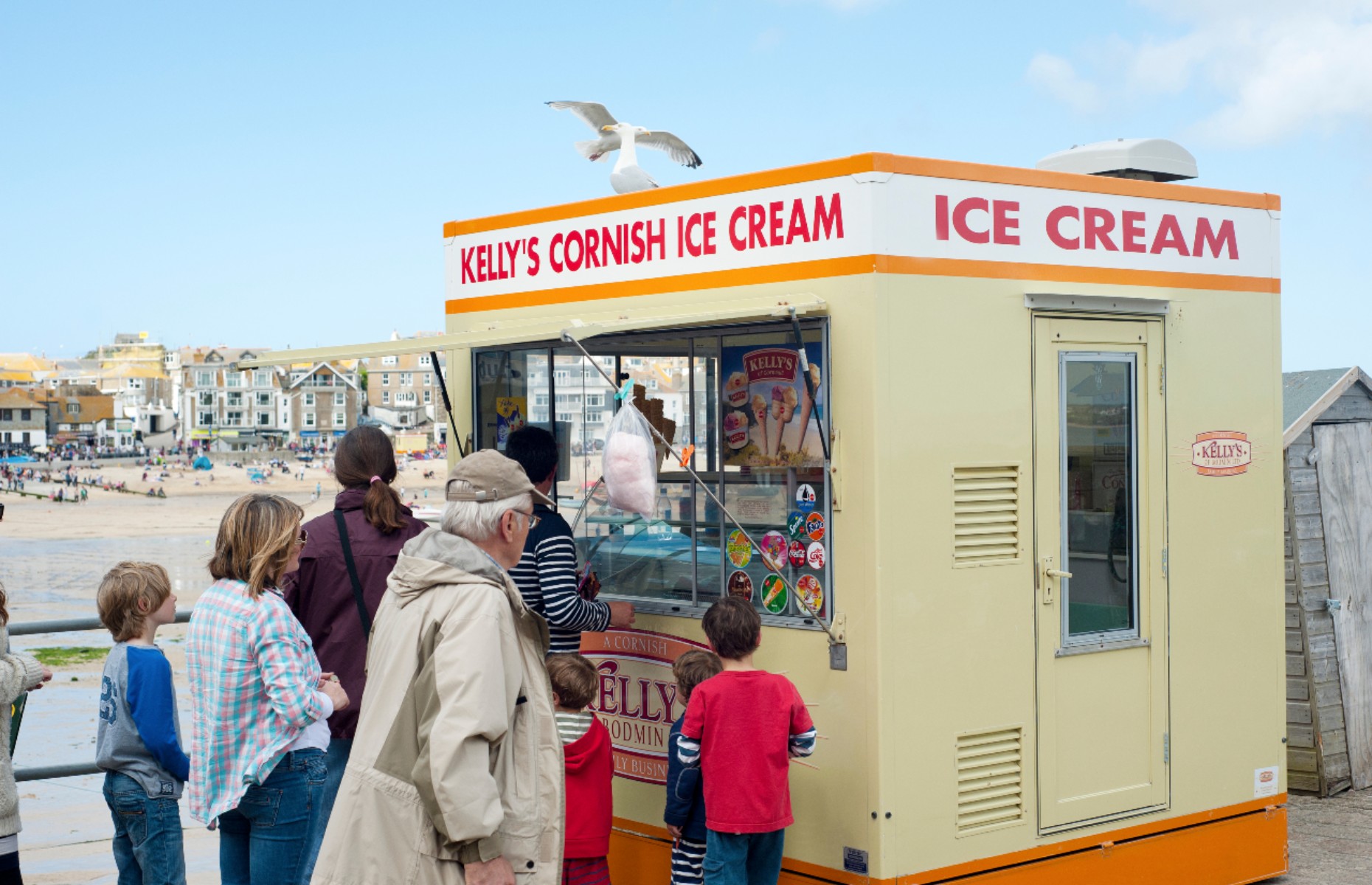 Obs70/Shutterstock
Obs70/Shutterstock
Clotted cream is so luscious that the Cornish sensibly decided to use it in their ice cream, rather than regular cream. This gives a scoop its decadent flavour, velvety texture and golden colour, with just a little vanilla added to ensure the creamy taste isn’t sullied.
Alas, it does not have protected status so you need to do your research when you want to buy the real thing. The best Cornish brands include Kelly’s, Roskilly’s, Treleavens and Callesticks.
7. Cornish fairings
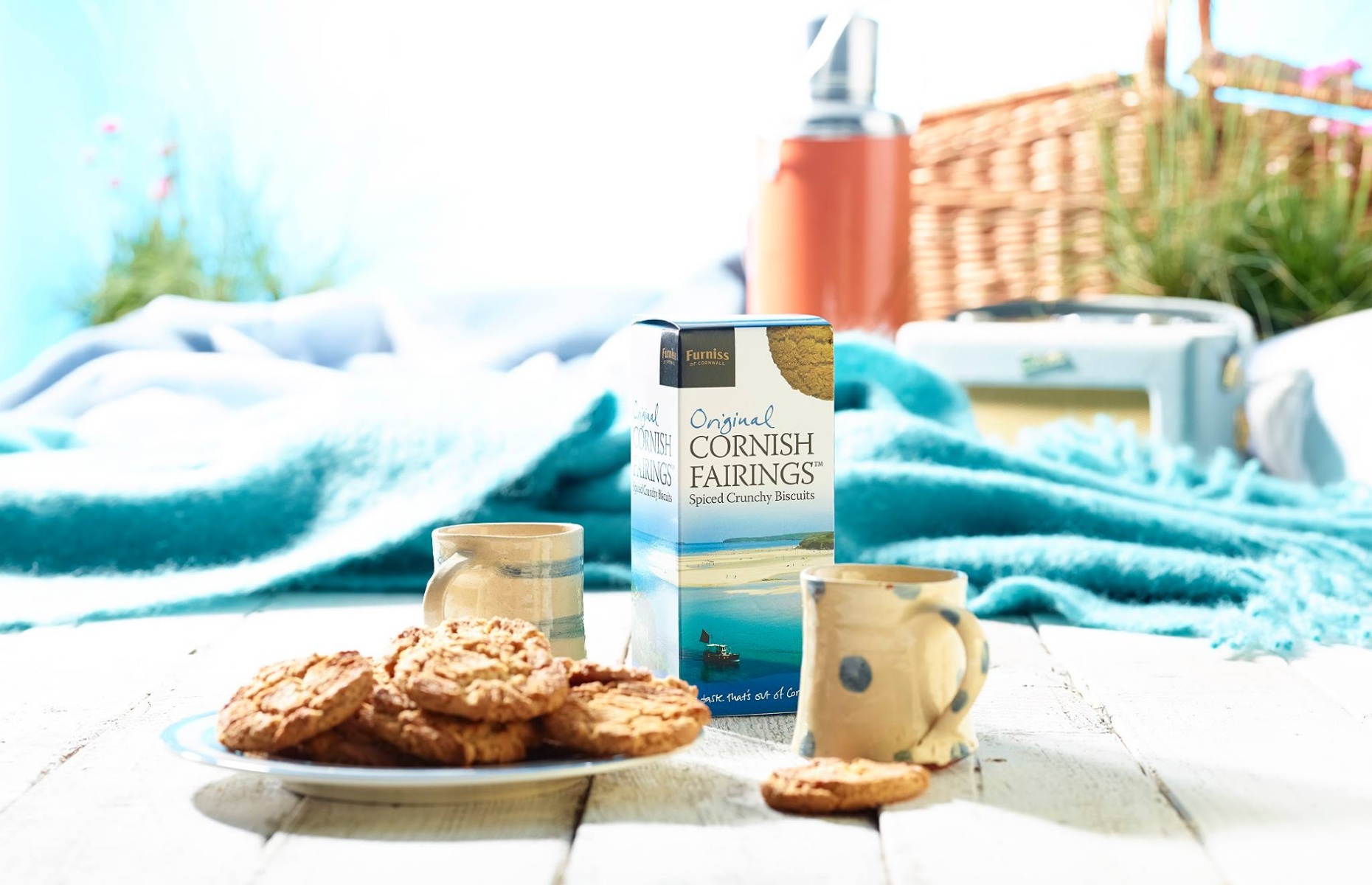 Furniss Bakery/Facebook
Furniss Bakery/Facebook
Fairings were an edible sweet souvenir sold at fairs round the country, but over time the name has become associated with the spicy ginger Cornish version. They are made with standard biscuits ingredients of flour, caster sugar and butter, as well as mixed spice, cinnamon, ginger and golden syrup.
Cornish fairings gained fame outside their home county after Truro tearoom owner John Cooper Furniss started selling them by mail order in 1886. Furniss Foods continues to make them today and Rick Stein fondly recalls his family stocking up on childhood trips to Cornwall.
8. Stargazy pie
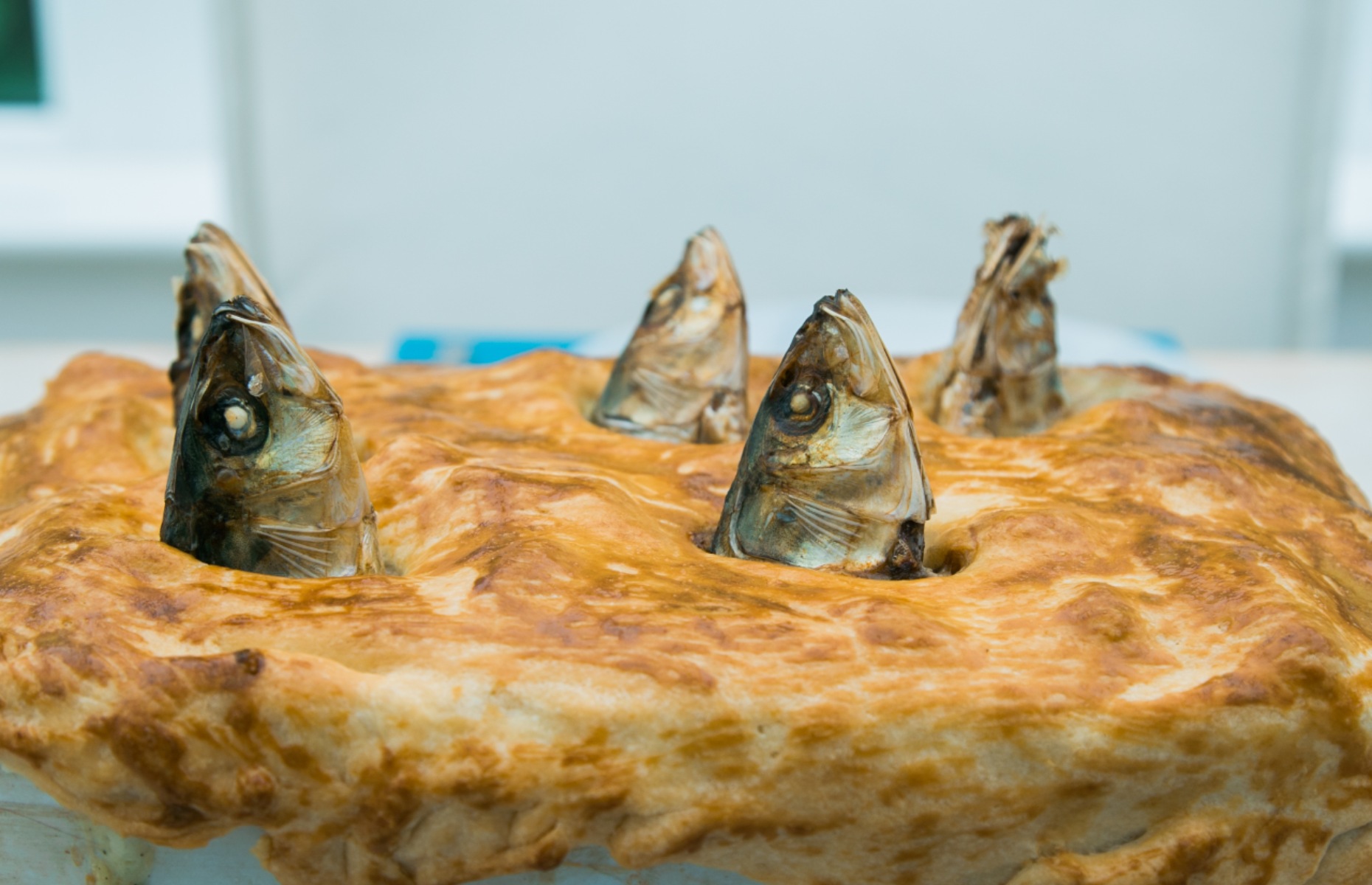 Davis Dorss/Shutterstock
Davis Dorss/Shutterstock
Pilchards – the Cornish sardine – were once a mainstay of the region’s fishing industry and this eye-catching pie is a tribute to the oily fish. The name comes from the humorous way the pilchards are placed in the pie, with their heads poking through the pastry to gaze at the stars. Don’t worry – you don’t need to eat the heads or tails – just discard them and enjoy the rest.
Legend has it that the dish originated in the village of Mousehole and it is eaten, which much ceremony, during the festival of Tom Bawcock’s Eve on 23 December, a celebration of a fisherman saving villagers from famine with a huge catch during a storm. The fish were then baked into a giant pie with potatoes and egg for all to enjoy.
9. Hevva cake
Also known as heavy cake, the name isn’t a description of the weight. It’s thought instead to come from the pilchard industry when a cliff top lookout known as a huer would shout ‘Hevva!’ to alert the boats to shoals of fish. It is said that the wives would hear the call and start to bake the cake ready for the return of their fishermen.
Made from an egg-free and frugal dough of flour, lard, butter, milk, sugar and raisins, hevva cake is about half an inch thick with a criss-cross pattern scored into the top to represent a fishing net. The texture is a cross-between a scone and a shortbread.
10. Clotted cream
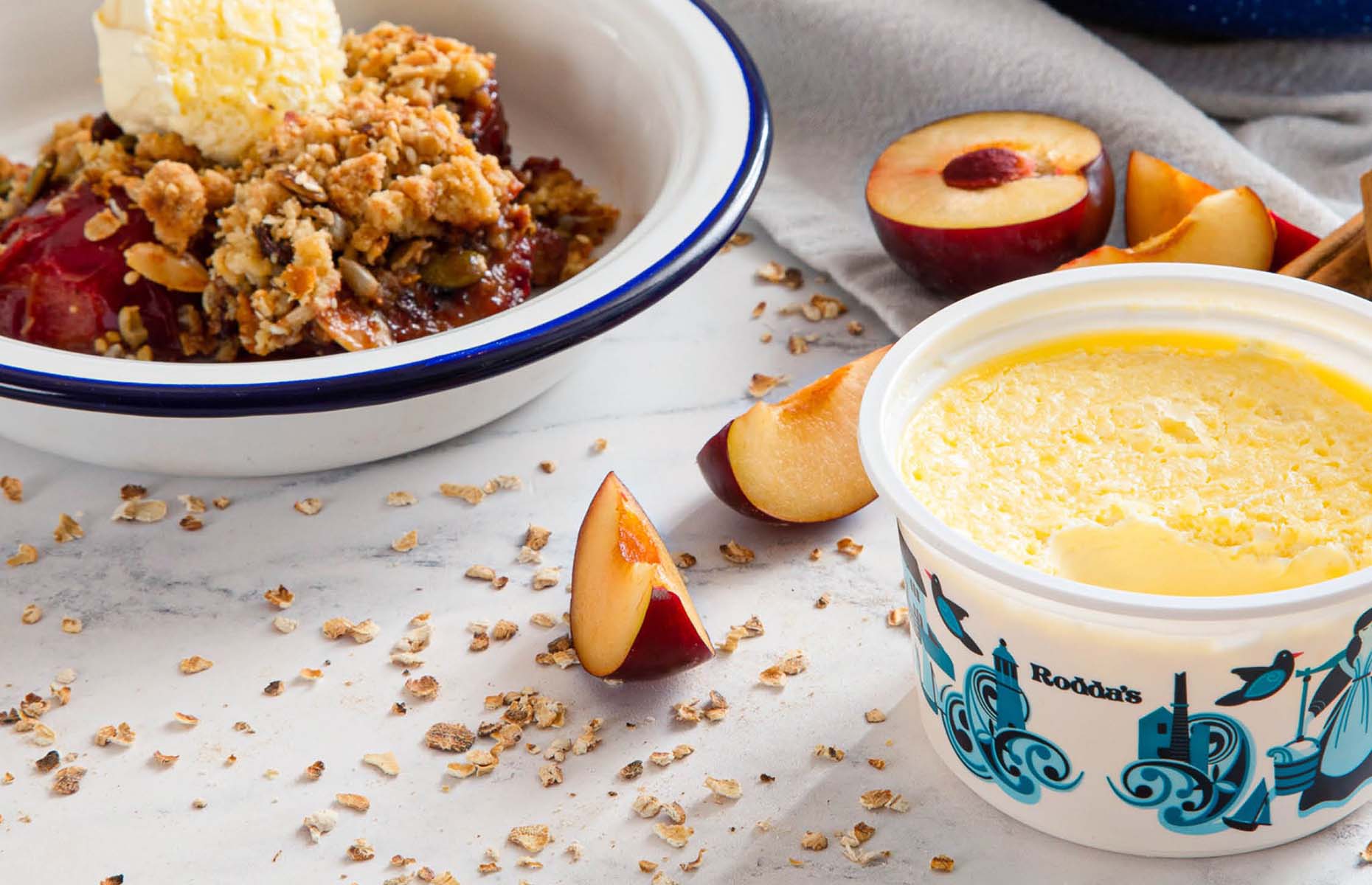 Rodda's Cornish Clotted Cream/Facebook
Rodda's Cornish Clotted Cream/Facebook
Is there anything more indulgent than a dollop of clotted cream with your scone? This Cornish treat is made by separating cream from milk and then gently baking it to develop a thick, golden crust, a practice thought to go back centuries to store dairy for longer, a technique that might have arrived with Lebanese traders in 500 BC.
Huxley says: “It’s so delicious and full of flavour. The distinctive golden colour is down to the high levels of carotene in our grass, which you can’t see normally due to the chlorophyll.”
The most famous producer is Rodda’s, which began in 1890 when the family’s great-great-grandmother made the delicacy in her farmhouse kitchen. The company continues to make their product with milk from Cornish farms within a 30-mile (48km) radius to preserve its local nature.
READ MORE: The best traditional food and drinks from Yorkshire
Lead image: Andy Wasley/Shutterstock
Comments
Do you want to comment on this article? You need to be signed in for this feature